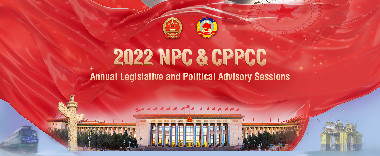Chinese Central SOEs' Achievements in Industrial Parks, UHV Construction, Oil and Gas Cooperation
The Second Belt and Road Forum for International Cooperation was held from April 25 to 27 in Beijing. The forum this year focused on working together along the Belt and Road for a bright future.
The initiative was put forward in China but the opportunities and achievements belong to all countries and regions in the world.
From the BRI was proposed in 2013 to 2018, Chinese companies have invested more than $90 billion in countries involved in the BRI and realized more than $400 billion of business turnover from the contracted projects.
Chinese central state-owned enterprises have adhered to the spirit of peace and cooperation, openness and inclusiveness, mutual learning and mutual benefit, building the Belt and Road into a road for peace, a road of prosperity, opening-up, environmental-friendliness, innovation and civilization.
With the participation of some Chinese central SOEs, many cooperative infrastructure projects in transportation, energy and water supply have been pushed forward.
Industrial parks: building a co-development platform
The Belt and Road Initiative is the largest international economic cooperation platform China has put forward to the world.
It is not only a chance for central SOEs to develop themselves but also a platform to help some countries obtain completed infrastructure construction and trade with each other.
The industrial park Great Stone
The park was dominated by two Chinese central SOEs -China Merchants Group and China National Machinery Industry Corporation Ltd. With a total planning area of 112.5 sq km, the park is currently China's largest overseas economic and trade zone with the highest level of cooperation.
With the efforts of both China and Belarus, the park has become a landmark project involved in the Belt and Road Initiative.
To date, 43 enterprises have settled in the park and the total amount of agreements and contracts is nearly $1.1 billion.
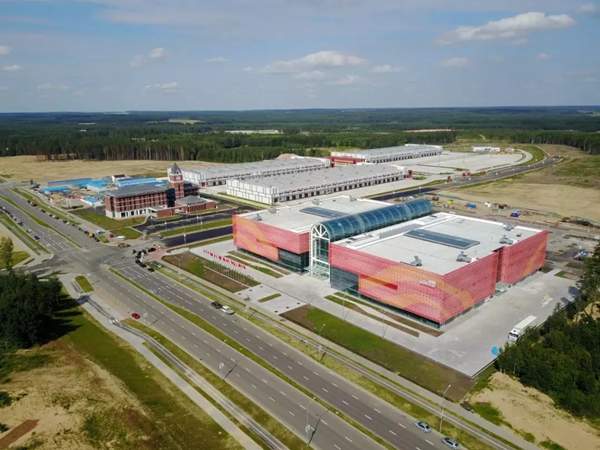
Overview of Great Stone in Belarus [Photo/sasac.gov.cn]
Djibouti International Free Trade Zone
Copying China's domestic development mode of "Port - Park - City" which refers to the cruise industry, industrial parks and urban development, China Merchant Group built the Djibouti International Free Trade Zone.
Nearby the zone, projects to develop the DMP Port and to commercialize the old port zone are also underway to provide a platform for exports of Chinese products, industries and services and offer all-round support for Chinese companies to develop overseas.
To date, 40 local and foreign companies have settled in the zone and another more than 20 enterprises are in the registration process.
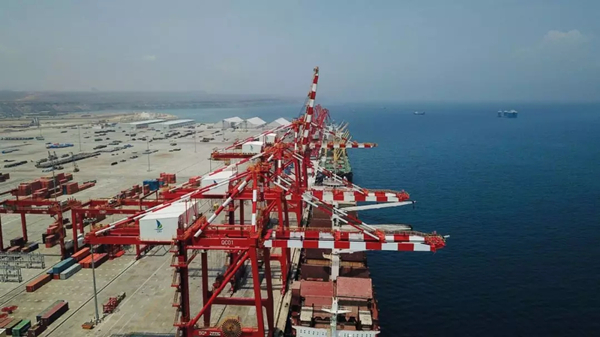
Djibouti International Free Trade Zone [Photo/sasac.gov.cn]
National name cards: leading international industry standards
Development of China's nuclear power and ultra-high-voltage (UHV) power has become a national name card and the technologies have helped many residents in countries along the Belt and Road get access to electricity.
Nuclear power projects in the UK
On Sept 29, 2016, China General Nuclear Power Corporation (CGN) signed a series of contracts with Electricite De France (EDF) and the Government of the United Kingdom on nuclear power projects.
Among the projects, the Bradwell B project adopted the third generation nuclear power technology - Hualong One nuclear generating unit with the independent intellectual property of China.
The project has the largest investment of its kind in the UK and Europe and was the first time Chinese companies dominated a nuclear power project in western developed countries.
It was pointed as a leading project opening the golden era of China and UK and was a breakthrough of the export of propriety technology to developed countries.
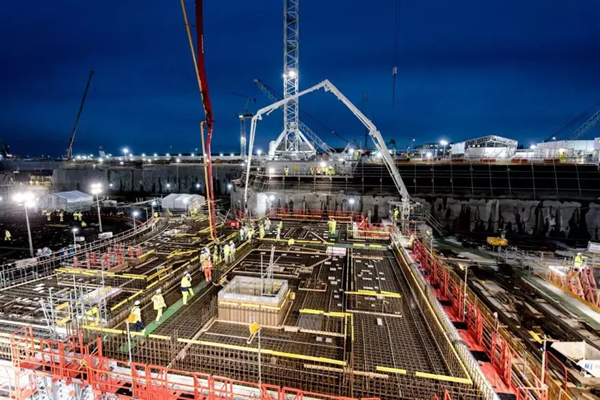
The third generation nuclear power technology - Hualong One nuclear generating unit was adopted in the Bradwell B project in the UK. [Photo/sasac.gov.cn]
Hualong One nuclear power unit in Pakistan
Two nuclear power generating sets of Karachi K-2/K-3 in Pakistan are under construction by China National Nuclear Corporation (CNNC). The units adopt China-developed third generation nuclear power technology -Hualong One modular power generators.
By the end of September 2018, the qualified rate of the construction was 98 percent, much higher than the 90 percent scheduled.
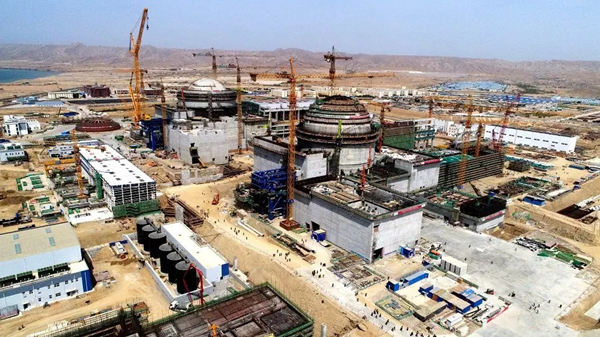
The Karachi K-2/K-3 in Pakistan [Photo/sasac.gov.cn]
UHV and power grid construction
State Grid Corporation of China (State Grid) has promoted a transnational network to improve communications and connectivity between countries.
Ten cross-border power transmission lines between China and Russia, Mongolia and Kyrgyzstan have been developed, and the cumulative electricity volume is more than 27 billion kilowatts.
The Chinese central SOE has also invested and operated backbone energy companies in seven countries and regions, namely the Philippines, Brazil, Portugal, Australia, Italy, Greece and Hong Kong and the overseas investment has reached $21 billion, managing a total overseas assets of more than $65.5 billion.

State Grid has invested and operated energy companies in seven countries and regions. [Photo/sasac.gov.cn]
To date, State Grid has completed several main power grid projects, which include the 800 kVA UHV DC project in Brazil, the upgrading project of EETC 500 kV national backbone network in Egypt, the GDHA 500 kV power transmission and substation project in Ethiopia and the Ethiopia-Kenya 500 kV DC network project.
Oil and gas cooperation: promoting economic growth
Oil and gas cooperation plays a role along the Belt and Road. Chinese central SOEs' overseas oil and gas cooperation projects are important to optimize resource allocation among countries and regions and are the driving force to promote Chinese economic growth.
The Yamal project is the first super-large energy cooperation between China and Russia since the Belt and Road Initiative was put forward in 2013. China National Petroleum Corporation (CNPC) participated in the development.
The project is now the largest liquefying natural gas (LNG) project in the Arctic regions in the world and is hailed as "an energy pearl inlaid in the Arctic Circle".
On July 19, 2018, the first batch of LNG produced through the Yamal project was shipped to Rudong LNG Receiving Station in Jiangsu province, and was later delivered to CNPC. The delivery was a start of LNG supply of Yamal project to China. Since then, China's clean energy has a new gas resource.
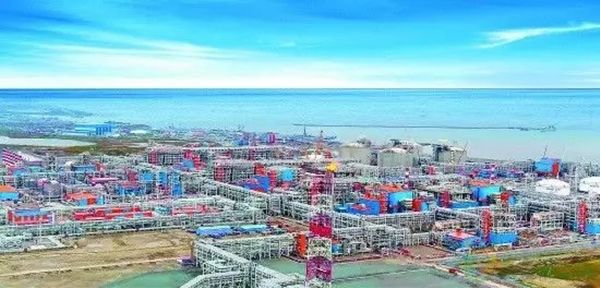
China and Russia cooperate in the Yamal project, the first super-large energy cooperation since the Belt and Road Initiative was put forward in 2013. [Photo/sasac.gov.cn]
The China-Myanmar crude oil pipeline that CNPC invested is planned to operate for 30 years, with a designed annual throughput of 22 million tons. On April 10, 2017, the pipeline went into operation and the crud will be transferred to China through Ruili in Yunnan province.
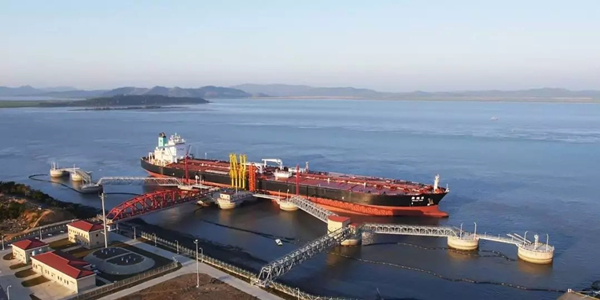
CNPC invested the construction of China-Myanmar crude oil pipeline. [Photo/sasac.gov.cn]
China Petrochemical Corporation (Sinopec) is the largest oil refining company and the second largest chemical company in the world.
In Middle East, Sinopec and Saudi Arabian Oil Company (Saudi Aramco) jointly established Yanbu Aramco Sinopec Refining Company Ltd. (YASREF) which is able to process 400,000 barrels of heavy crude oil each day. It is Sinopec's largest investment project in Saudi Arabia.
In 2018, the project submitted nearly $57 million of tax to the Saudi government.
To date, more than 1,100 employees are local people in Saudi, accounting for 86 percent, making the YASREF one of the companies with the highest proportion of Saudi employees among local enterprises.
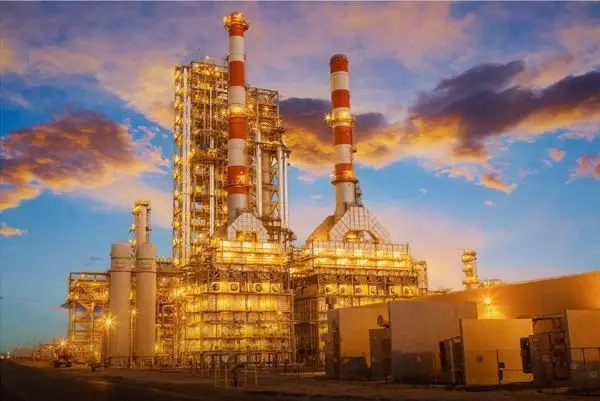
Sinopec and Saudi Aramco jointly established YASREF, which is Sinopec's largest investment project in Saudi Arabia. [Photo/sasac.gov.cn]
Sinopec has also participated in the construction of the Azur refinery plant in Kuwait, which improved the country's oil refining capacity, promoted local employment and drove the development of the local manufacturing industry.
It will be the largest refinery in Middle East when it is completed.
(Executive editor: Li Shuling)


